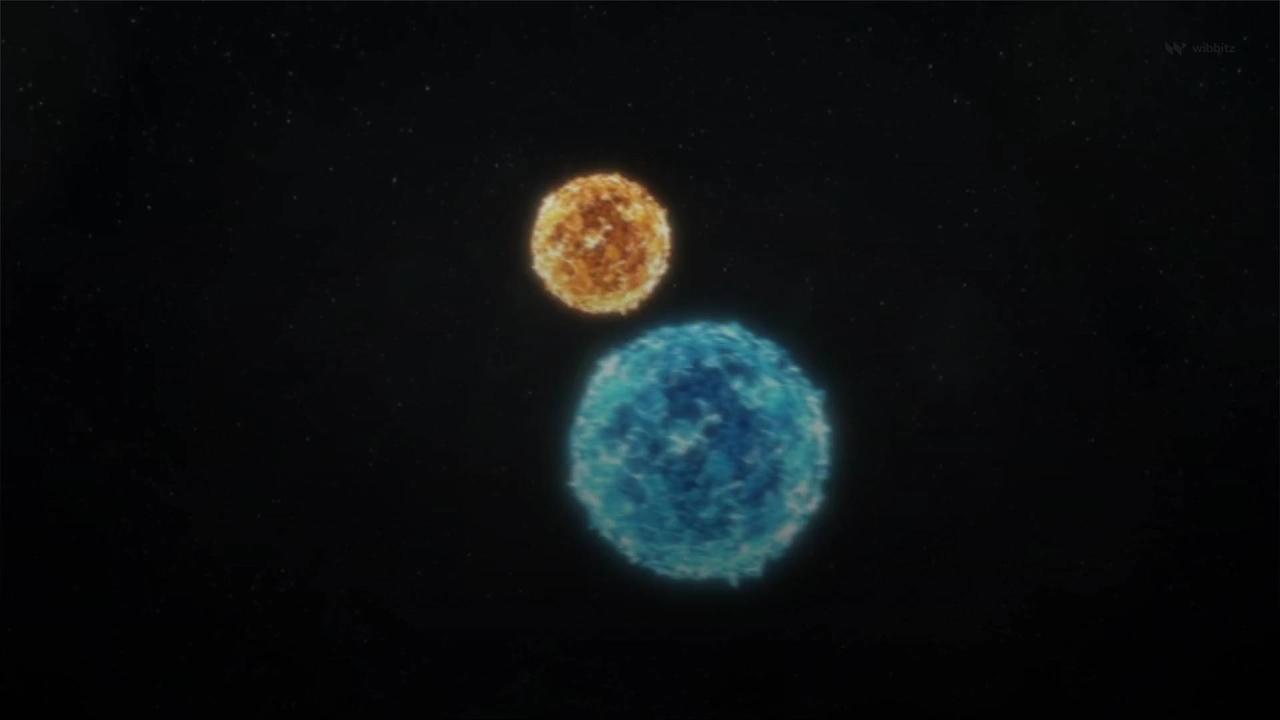Astronomers May Have Solved the Mystery Surrounding Blue Supergiant Stars

Astronomers May Have Solved the Mystery Surrounding Blue Supergiant Stars
Astronomers May Have Solved, the Mystery Surrounding , Blue Supergiant Stars.
'Newsweek' reports that astronomers now believe that some of the brightest and hottest stars in existence may be the result of collisions between two other stars.
Scientists have long sought to determine how these intensely bright stars, known as blue supergiants, are formed.
.
According to a new paper published by 'The Astrophysical Journal Letters,' scientists suggest that blue supergiants are the result of two binary stars merging into one.
Blue supergiants, which are about 16 to 40 times the mass of our sun, are some of the most massive stars in the universe.
.
Their intensely hot surface temperatures are often two to five times hotter than our sun and over 10,000 times more luminous.
'Newsweek' reports that the latest research looked at 59 early B-Type blue supergiant stars in the Large Magellanic Cloud, a satellite galaxy of our own Milky Way galaxy.
.
We simulated the mergers of evolved giant stars with their smaller stellar companions over a wide range of parameters, taking into account the interaction and mixing of the two stars during the merger, Athira Menon, study author and an astrophysicist at the Instituto de Astrofísica de Canarias (IAC) in Spain, via 'Newsweek'.
The newly-born stars live as blue supergiants throughout the second longest phase of a star's life, when it burns helium in its core, Athira Menon, study author and an astrophysicist at the Instituto de Astrofísica de Canarias (IAC) in Spain, via 'Newsweek'.
The results obtained explain why blue supergiants are found in the so-called 'evolutionary gap' from classical stellar physics, a phase of their evolution where we would not expect to find stars, Artemio Herrero, study co-author and a researcher at the Instituto de Astrofísica de Canarias (IAC) in Spain, via 'Newsweek'.
The team reportedly hopes to continue its investigation into the role that merging stars could play in the formation of galaxies, as well as how blue supergiants form neutron stars or black holes.
.
The team reportedly hopes to continue its investigation into the role that merging stars could play in the formation of galaxies, as well as how blue supergiants form neutron stars or black holes.

![Red Carpet Fashion at the 2024 Oscars [Video]](https://video.newsserve.net/300/v/20240311/1368329000-Red-Carpet-Fashion-at-the-2024-Oscars.jpg)